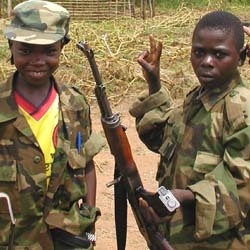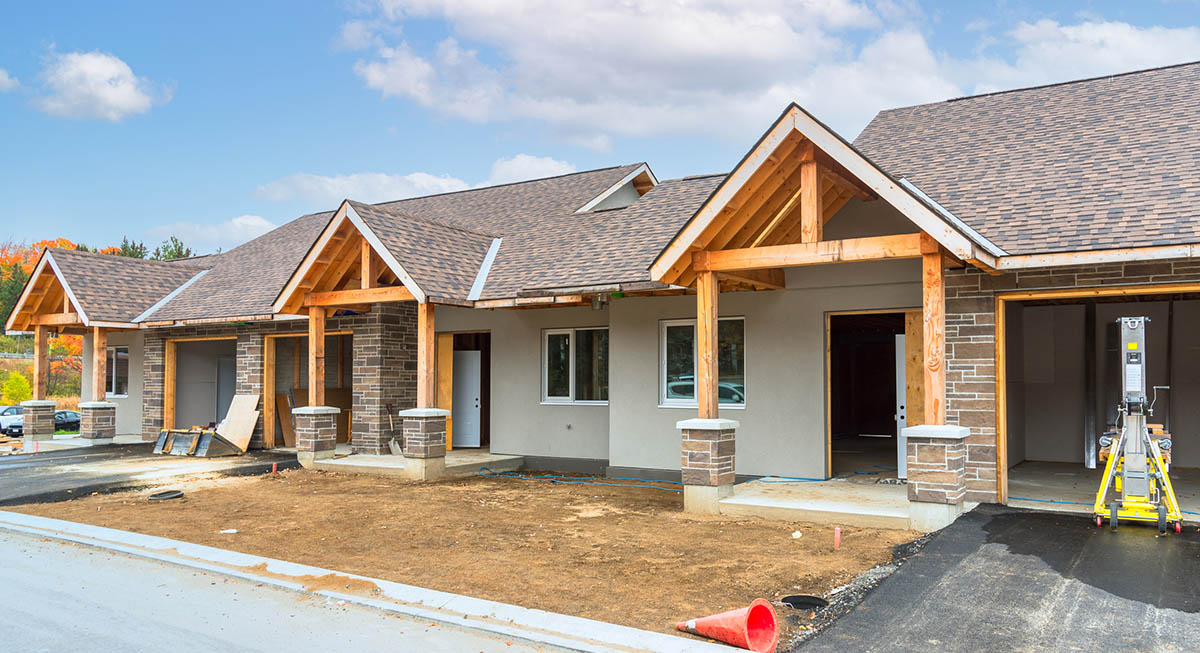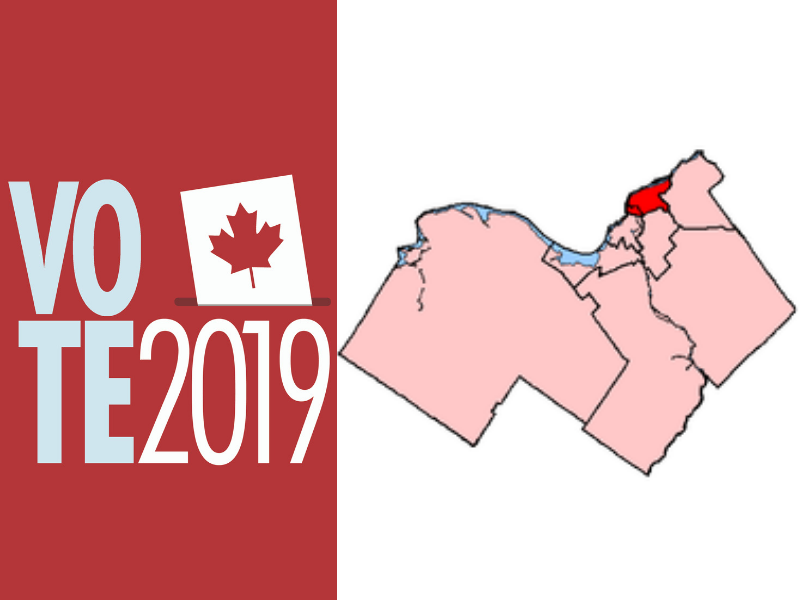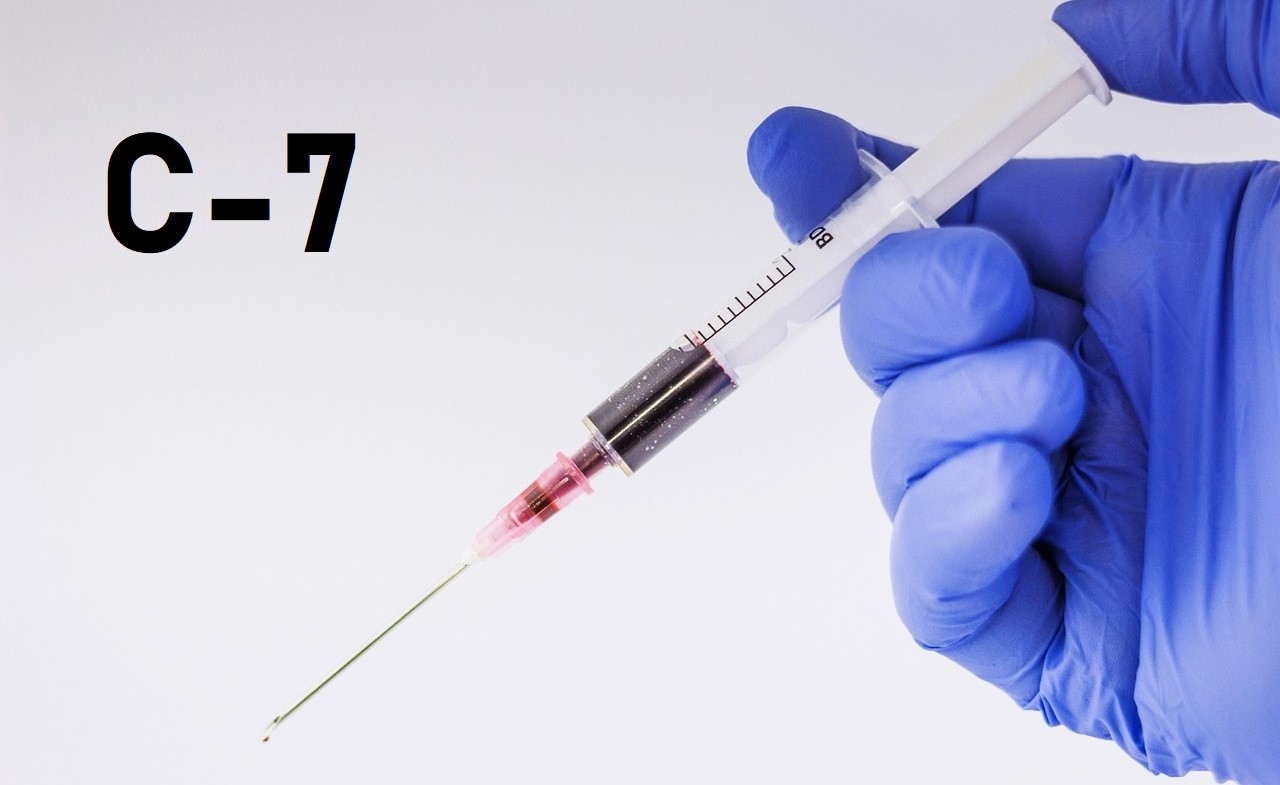
Crimes Against Children
When you look deep into a child’s eyes, you can see their complete trust in the world and their vulnerability. You can hear it in their voices and laughs. They are little people that simply wear their hearts on their sleeves showing their bravery, trust, love, and fears. Their lives are literally in our hands. We have the ability to help mould and support creative, compassionate, intelligent adults that will lead our world into a state of peace, longevity, as well as economic and environmental sustainability.
Although 194 countries have ratified the United Nations Convention on the Rights of the Child, which is a human rights treaty that sets out the civil, political, economic, social, health and cultural rights of children around the world, the reality of the current situation brings us to reflect on the question of whether or not we are doing all we can to protect the children of the world.
Crimes against children are of the most deplorable acts in the world. They are crimes that cannot be forgiven, nor forgotten. There is the military use of children in which children, sometimes as young as 7 years old, are used as human shields or child soldiers. Children are more likely to experience racial discrimination. The genital mutilation of girls and boys still happens in parts of the world and within certain cultures. Children are trafficked, sold, and traded for sex, drugs, and/or money. From young ages many of them experience violence, homelessness, child abuse, disease, hunger, and neglect. Every day, millions of children are subject to some type of victimization. Some of them are right here in our communities. What are we doing to protect them?
which children, sometimes as young as 7 years old, are used as human shields or child soldiers. Children are more likely to experience racial discrimination. The genital mutilation of girls and boys still happens in parts of the world and within certain cultures. Children are trafficked, sold, and traded for sex, drugs, and/or money. From young ages many of them experience violence, homelessness, child abuse, disease, hunger, and neglect. Every day, millions of children are subject to some type of victimization. Some of them are right here in our communities. What are we doing to protect them?
From a global perspective, the statistics are astonishing. Various studies and reports that were completed between 2000 and 2006 by several world organizations including the International Labor Organization, UNICEF, and the World Health Organization, demonstrate the severity of the issue. They revealed the following:
Child Soldiers: Over 50 countries are recruiting child soldiers in their wars and there are over 250,000 children participating in war.
Child Labour: In 2004, it was estimated that 250 million children between the ages of 5 and 14 were involved in child labour and 126 million of those were in hazardous work. In 2000, estimates suggested that 5.7 million children were in forced labour, 1.8 million in prostitution and/or pornography, and 1.2 million were trafficked as sex workers.
Genital Mutilation: It is estimated that between 100 and 140 million girls and women worldwide have been subjected to female genital mutilation. An estimated 3 million girls in Africa are at risk of undergoing female genital mutilation every year.
Sex Trade: Estimates suggest that EACH year, 1 million children all over the world are sold internationally and across borders into the sex trade.
Murder: Estimates gathered from country-level data suggest that 53,000 children died worldwide as a result of homicide (2002)
Infrastructure: 30,500 children under 5 die each day of mainly preventable disease and thousands more are ill due to poor sanitation and the lack of clean drinking water.
Racism: Groups of children that are most vulnerable to violence are those with disabilities, from ethnic minorities, refugees, and other displaced children.
 These are not just numbers and statistics. They represent countless living, breathing, human beings that suffer this victimization. As a collective force, all nations need to express our abhorrence towards those who commit heinous acts against the most vulnerable people in society. The indifference of the world governments and leaders must be shaken to create awareness that these atrocities, including the negligence of providing adequate infrastructure, education, and health care to children, are simply not acceptable and are against international laws. How do we do this? We begin to make a difference in the lives of children that are closest to us. Then we open ourselves up to the ideology that “it takes a village to raise a child”. We have a collective responsibility toward the most “at risk people” in our society, to those who have no voice. We are the ones that must stand up for them when their parents, their schoolmates, their teachers, and their governments won’t.
These are not just numbers and statistics. They represent countless living, breathing, human beings that suffer this victimization. As a collective force, all nations need to express our abhorrence towards those who commit heinous acts against the most vulnerable people in society. The indifference of the world governments and leaders must be shaken to create awareness that these atrocities, including the negligence of providing adequate infrastructure, education, and health care to children, are simply not acceptable and are against international laws. How do we do this? We begin to make a difference in the lives of children that are closest to us. Then we open ourselves up to the ideology that “it takes a village to raise a child”. We have a collective responsibility toward the most “at risk people” in our society, to those who have no voice. We are the ones that must stand up for them when their parents, their schoolmates, their teachers, and their governments won’t.
Have you ever turned a blind eye on a child that is being victimized? Have their eyes met yours for a few seconds only for you look away because you thought it wasn’t your business? Perhaps afterwards you’ve had it in the back of your mind that you could have made a difference in that child’s life? Simply put, you probably could have.













